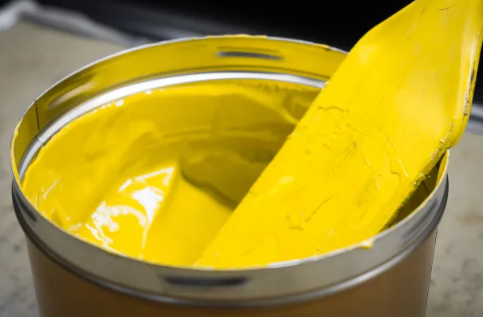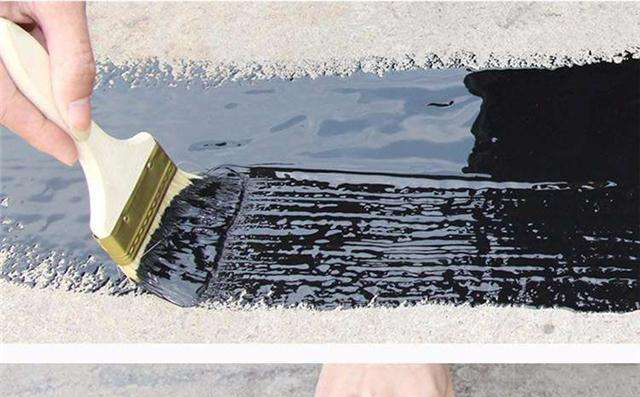
Molecular structure characteristics and surface adsorption mechanism of dispersants
Polymer dispersants maintain the performance of pigment particles in the medium through electrostatic repulsion and steric hindrance. In order to make the dispersion system uniform and stable and meet the performance requirements, the molecular structure of the polymer dispersant adsorbed …
Read More

Dispersion mechanism of dispersants
1、 Electrostatic repulsion theoryPigment particles in aqueous dispersions and even in oily dispersions are charged for different reasons. Since the particles are charged, an equal amount of countercharge will inevitably be adsorbed around their interface to form a double layer …
Read More

Do you know the structural principle of water-based dispersants?
Dispersant is an amphiphilic chemical that can increase the compatibility of oily and aqueous components in the same system. Dispersants are additives that can enhance and improve the dispersibility of solid or liquid materials. With the development of today’s society, …
Read More

Let you know the performance characteristics of water-based dispersants
Dispersant is a surfactant with two opposite properties, lipophilicity and hydrophilicity, in the molecule. It can evenly disperse the solid and liquid particles of inorganic and organic pigments that are difficult to dissolve in liquids, and at the same time …
Read More

Don’t know about waterborne coating dispersants?
Dispersants are used to disperse various powders in solvents in a reasonable manner, and to stably suspend various solids in solvents (or dispersions) through certain charge repulsion principles or polymer steric hindrance effects. Aqueous dispersants are surfactants that have both …
Read More

Small papermaking dispersant, a force that cannot be underestimated
The principle of dispersant is to distribute solid tiny particles as evenly as possible in another incompatible material. It refers to a coarse dispersion system composed of insoluble particles distributed in the outer phase of liquid or semi-solid. Dispersant can …
Read More
